Diatomaceous Earth in Soap (CP & MP)
Learn how & why to add diatomaceous earth to soap. Directions for adding DE to both cold process and melt & pour are included!
Diatomaceous earth, also called DE, is a natural fine silica-rich powder that’s formed from the fossilized remains of algae.
Food grade diatomaceous earth is used both internally and externally for natural wellness, and reported to help with many things, from stronger hair and nails, to clearer skin and better digestion, and can be used in your garden and on pets.
At our house, we mainly sprinkle it in the goat shed and in chicken laying boxes to keep critters like flies and mites naturally controlled, and also use it directly on the goats.
However, it also makes a nice addition to some cosmetic products, such as deodorant (recipe for that coming one day…) and soap!
In this article, I’ll cover adding DE to both cold process and melt and pour soap.
Why use diatomaceous earth in soap?
DE has a couple of functions in soap:
- It may help improve skin texture and smoothness, especially for those with acne or rough skin.
- It may also help extend the scent of essential oils, similar to how soapmakers add clay for this purpose. (The thought being that the clay or DE “traps” the essential oil in the soap. I haven’t fully tested this idea to be convinced one way or the other yet.)
While diatomaceous earth can be mildly exfoliating when used in something like a face mask, you won’t notice that in cold process soap. Instead, it contributes a wonderful silky feel, but be aware that using a large amount may slightly diminish lather.
You can feel a very slight, but not unpleasant, exfoliating texture from DE when it’s added to melt and pour. I haven’t really noticed reduction in lather in my tests, though there could possibly be a maximum threshold I haven’t met yet.
My skin feels noticeably smoother after using a diatomaceous earth soap, and the silky feeling while using gives it a touch of luxury, making me think it’d be a great addition to a facial soap or spa bar.
About Diatomaceous Earth Dust
DE is super fine and can easily forms puffs of dust in the air while you’re working with it.
Don’t breath in the dust of diatomaceous earth!
It can be harmful to your lungs, so be sure to use it in a well ventilated area with a mask or bandana tied around your face.
Once it’s mixed into a product like soap, it’s completely fine and safe – it’s just while it’s in the dry dust phase that you don’t want to inhale it.
Also be sure that you’re using food-grade diatomaceous earth. There’s an industrial grade DE used for things like pools – you don’t want that one. (Check local feed stores or Amazon – I buy mine locally from Tractor Supply.)
How to Use DE in Cold Process Soap
I use a stick blender to blend diatomaceous earth into the warmed oils, right before adding the lye solution. You may wish to add at trace instead, but I’ve found that adding earlier in the mixing stage helps ensure even mixing.
You have some flexibility as far as how much to add. I’ve found that rates of 1 tsp PPO all the way up to 4 tsp PPO look almost identical, as far as color and visible texture. I can’t easily tell them apart by appearance.
My favorite amount is 1 to 2 tsp PPO. You get the nice silky feeling, and still plenty of lather from the soap recipe itself.
Diatomaceous earth can be added to pretty much any of your favorite soap recipes, or you may wish to experiment with it in small test batches first – see my article: How to Make Test Batches of Soap for more information.
How to Use DE in Melt & Pour Soap
For a smooth look in melt and pour, it works well to dilute the diatomaceous earth with about 3 times as much rubbing alcohol, then mixing that combination into melted soap base. You may want to strain the soap base through a fine mesh sieve as you pour it into a mold, to catch any residual lumps of powder that didn’t get mixed in.
Amount of DE in Melt & Pour: Try using anywhere from 1/2 teaspoon to 2 teaspoons of diatomaceous earth for every 4 ounces of soap base.
In the photo above, the soap on the left has 1/2 tsp of DE per 4 ounces of soap base, and the soap on the right has 1 teaspoon DE per 4 ounces of soap base. (Melted soap was strained as it was poured into the mold.)
Depending on the brand you use, and how much, it will give your soap a slightly tan tint.
For a non-smooth “sand” look – I like to use DE, sometimes combined with lemon peel powder to make a faux sand effect in melt and pour.
In that case, you would not dilute the DE with alcohol first, instead you would mix it directly into the melted soap base.
Here’s an example from my Easy Homemade Melt & Pour print book:
The sand portion at the bottom of the soap is made up of 3 ounces of white soap base plus 1 tsp diatomaceous earth, stirred into the melted base. (Not diluted and not strained.)
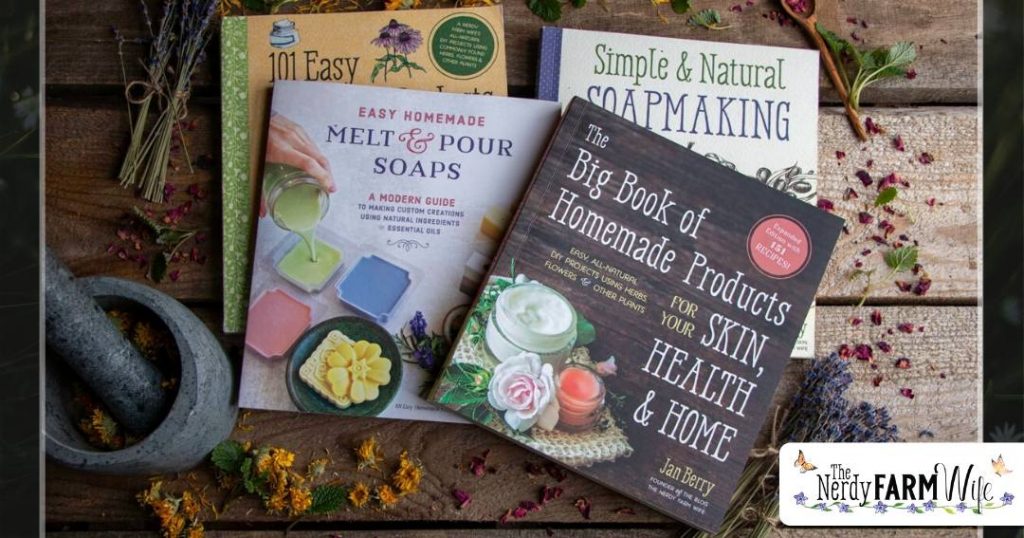
For more soap tips, be sure to check out my print books:
Simple & Natural Soapmaking – 50 unique cold process soap recipes, plus a natural colorants gallery, essential oil information, full color photos for almost every project, and more!
Easy Homemade Melt & Pour Soaps – 50 inspiring recipes featuring natural colorants, herbs, flowers, and essential oils, plus lots of full color photos!

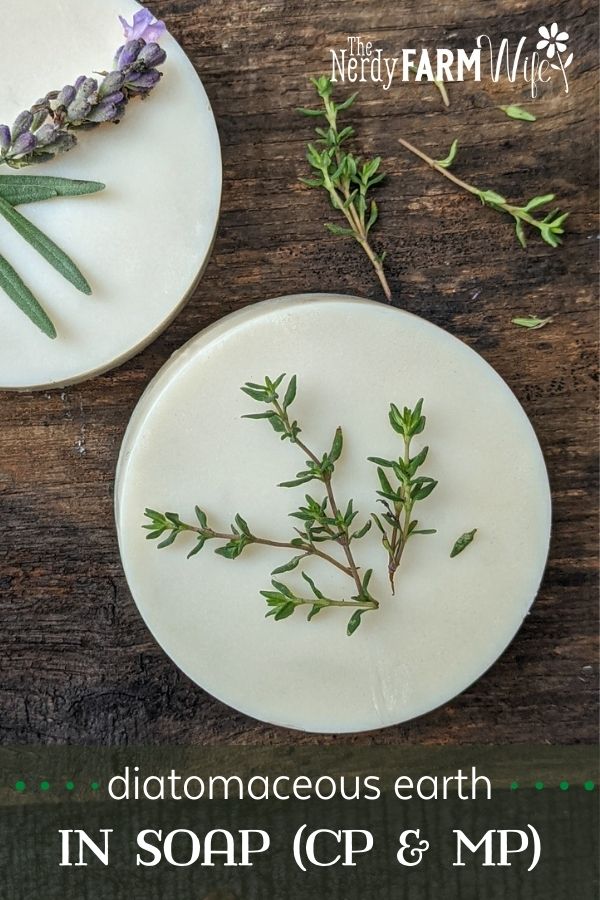
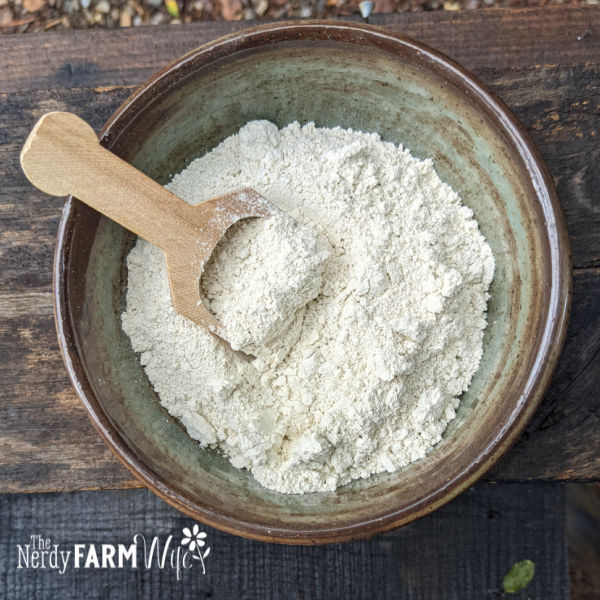
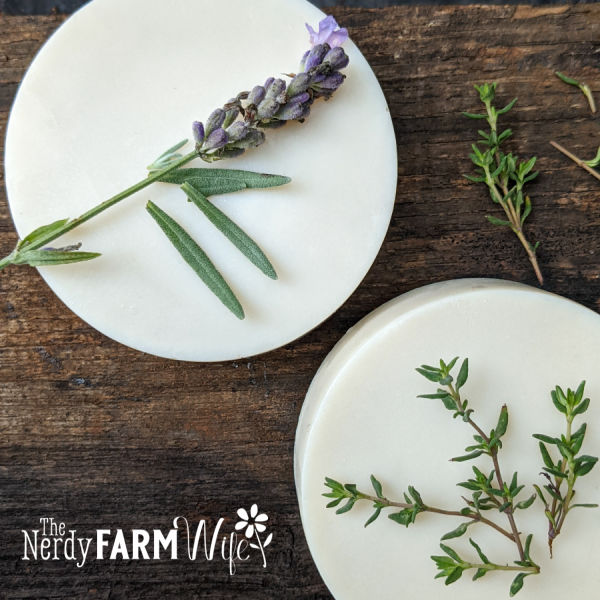
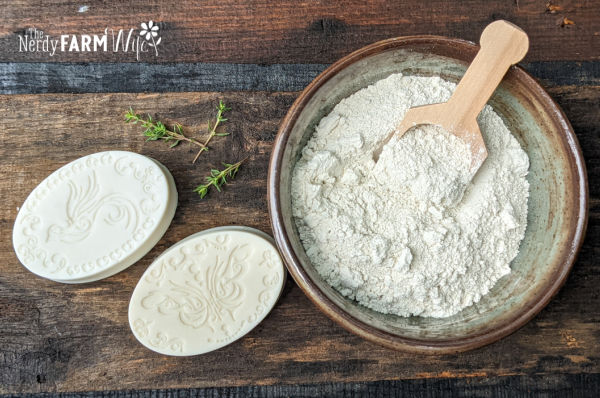
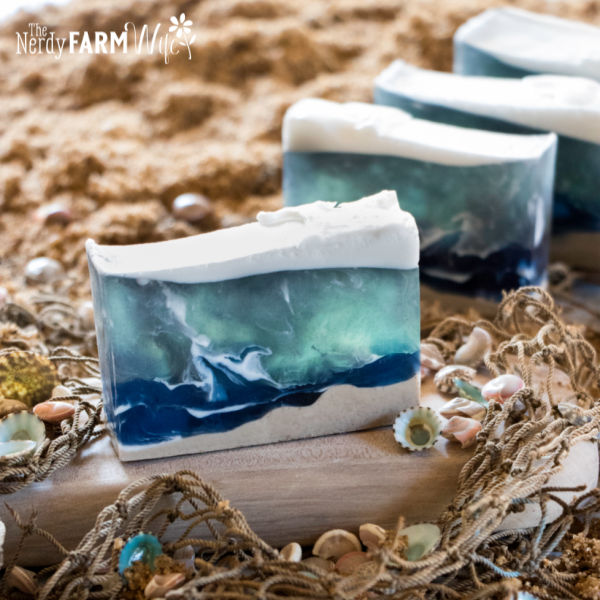


Have you ever used ground pumice in CP soap before?
That cactus soap looks amazing!!
Hi Jazmyne, Thanks for the kind words about the soap!
I’ve used Bramble Berry’s pumice powder in cp soap – it’s very nice too, especially for soap for tough to clean hands (gardener’s soap, mechanic’s soap, etc). ?
Thanks for sharing this amazing recipe!
Hi Shirley, I’m so glad you like the recipe! It’s one of my current favorite soaps to use! ?
WOW this is so amazing. I know i am going to have loy of fun. Thank You
Hi Pauline! So happy you like the information! :)
This couldn’t have been better timing. Found a bag of DE forgotten in the bottom of my soap closet. I can’t wait to start using it! Thank you Jan!
I love all your posts.
Hooray! So glad you found a use for your DE! ?
Hi Jan,
Do you think this would work in a “stinky foot” powder?
Am contemplating ingredients like arrowroot / kaolin / not sure about bicarb as it sometimes irritates but maybe diatomaceous earth instead? Plus some essential oils (teatree/lavender/eucalyptus or geranium).
I ahve looked in your books that I have – think you don’t have such a recipe…
Thanks,
Sarah (Oz).
Hi Sarah, That sounds like it could be a good addition!
I have made foot powder several years ago using 1/4 cup arrowroot, 1/4 cup baking soda, 1 tablespoon white kaolin clay, and 5 to 10 drops essential oil.
Swapping out the baking soda for diatomaceous earth might work out really well – I like the idea!
If you try it out, I’d love to hear how it goes! :)
Thanks! Will give it a try this weekend. It’s getting hot over here in Oz so a good time to test it’s efficacy.
I have swapped out the bicarb soda for DE in the underarm deodorant recipe, as the bicarb irritates some of my family. Seems to work OK.
Cheers,
Sarah
That sounds like a great plan! Enjoy the summer weather! ❤
So – I made it according to your recipe with DE instead of bicarb.
I think it works well.
Had an extra testing when my daughter’s new puppy poo’d on the patterned carpet in the front room and three of us managed to stand in it (eeeuuuwwww). Really stinky (no idea what that dog is fed).
Anyway – I tested the stinky foor powder out and it worked! Fragrant front room ?.
So I reckon I will make that again (especially as I used a fair bit in the carpet) – also vaccuumed out easy enough.
Thanks
Sarah ?
Hi Sarah! I’m so glad to hear that it worked, and that is also works as a carpet powder – though I’m sorry for the extra unplanned puppy poo testing! ??
*foot not foor ?
I’ve been using your honey soap recipe. It is absolutely amazing! I would like to add coffee grounds. When and how much do you recommend?
Hi Kelly, I’m so happy you like the honey soap recipe! :) You can absolutely add coffee grounds to it.
I aim for about 2 teaspoons of coffee grounds per one of my soap recipes (which has 28 ounces of oil in them), stirred in at light trace, just before pouring into a soap mold.
If you use a really fine espresso powder, you probably won’t want to put quite as much – perhaps half as much to start.
You can always add a smaller amount of ground coffee, stir it in at light trace, then see how you like the look/texture. If it looks a little light for your tastes, just add a little more before pouring into the mold. :)
Hi Jan, first off I love your Tuesday soap tips. I use goats’ milk, so can this be used with my soap recipes, too?
Hi Richele, So happy to hear you enjoy the soap tips! Yes, you can use diatomaceous earth in goat milk soap too. :)
I L❤️VE your posts and recipes Jan! Thank you sooo much for sharing!!! I really appreciate you! And I know I can always trust your recipes!
I love the idea of using the DE in soap. I do a lot of HP soap, so can I use it as you described in your CP amount/process with success in the HP?
Thanks so much for your help!
Donna
Hi Donna, So happy to hear you enjoy the recipes!
I haven’t used DE in hot process soap, but it should be able to be added in the same way. :)